In 1999, a team of engineers from California Polytechnic University and Stanford University developed a specification for a small spacecraft. It was supposed to be a universal student satellite. To simplify and reduce the cost of the design as much as possible, the authors of the project suggested using a typical frame, standard components and electronics that could be bought at any hardware store. This small spacecraft was called a CubeSat.
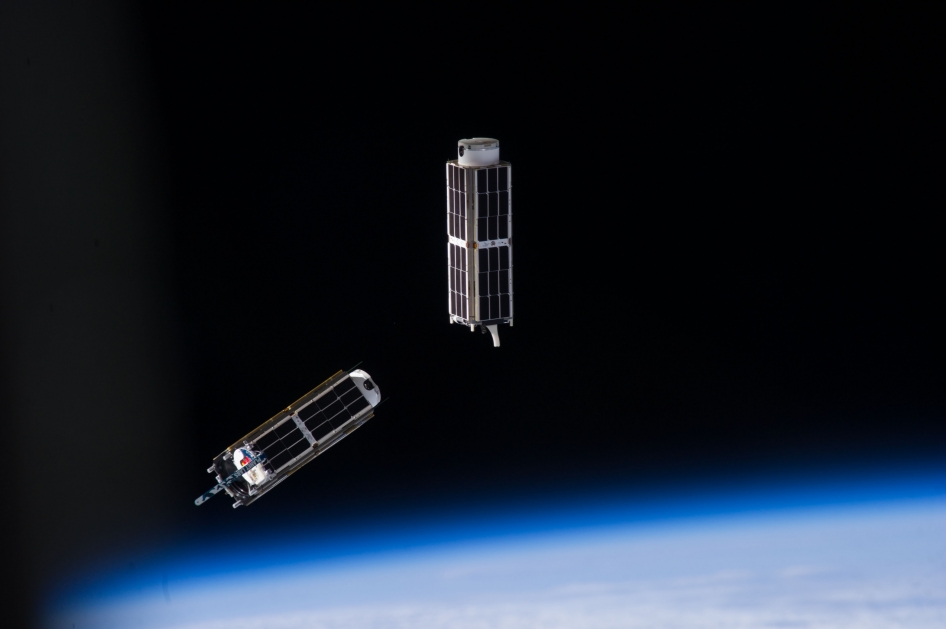
The developers hoped that the combination of small size, standard design and universal container, which allows placing a number of the same types of devices on one rocket, would open the way to space for scientific institutions around the world. After all, before that, they had to wait for years for the opportunity to send their cargo into orbit.
In the end, the success of the CubeSats exceeded all expectations. The multipurpose frame for student satellites launched a new standard that changed the space industry. More than 1,200 devices created on the basis of this platform have already been successfully launched into near-Earth space, and their number continues to grow. Every year, nanosatellites are used to solve an increasing number of various tasks — from surveying the Earth’s surface to testing new technologies. So let’s figure out why CubeSats have become so popular and what the future holds for the market of small satellites.
Classification of small satellites
Before starting a conversation about the current state and prospects of the miniature spacecraft market, it is worth mentioning their classification. What is a nanosatellite and how does it differ from a microsatellite?
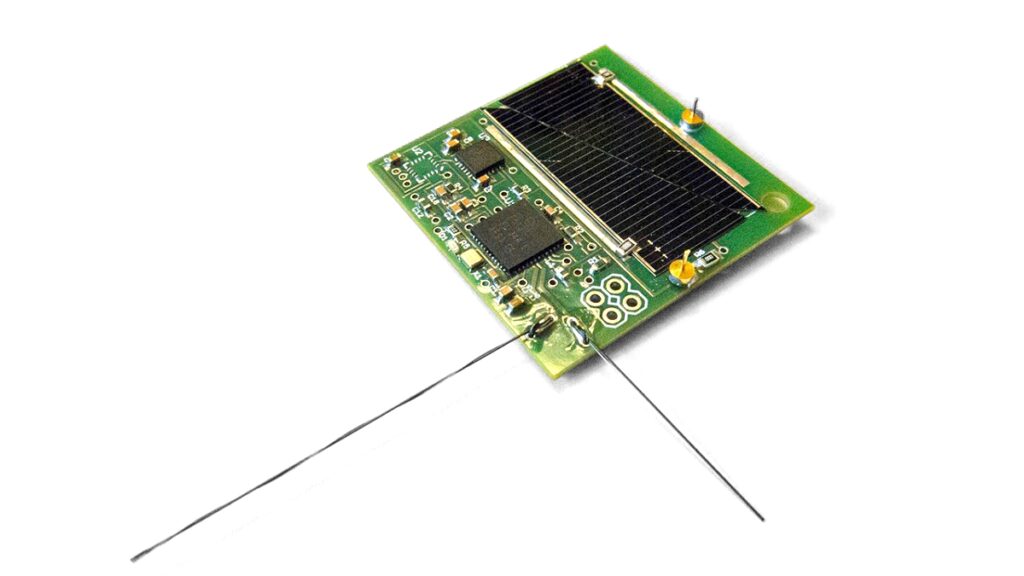
Spacecraft weighing less than 500 kg are considered small satellites. They are divided into:
devices weighing from 100 kg to 500 kg (minisatellites);
from 10 kg to 100 kg (microsatellites);
from 1 kg to 10 kg (nanosatellites);
from 100 g to 1 kg (picosatellites);
less than 100 g (femtosatellites).
Of course, such a classification is not comprehensive. Rather, it is used for convenience of designation. For example, a regular CubeSat (1U) has a mass of about 1 kg, so it can be considered both a large picosatellite and a light nanosatellite.
From a formal point of view, many of the first satellites could well be classified as nanosatellites. For example, the American Vanguard 1 device weighed only 1.47 kg. But this was caused not by the desire of engineers to set a record by building the smallest satellite in the world, but solely by the insufficient power of the launch vehicle, which did not allow to launch a larger cargo into orbit.
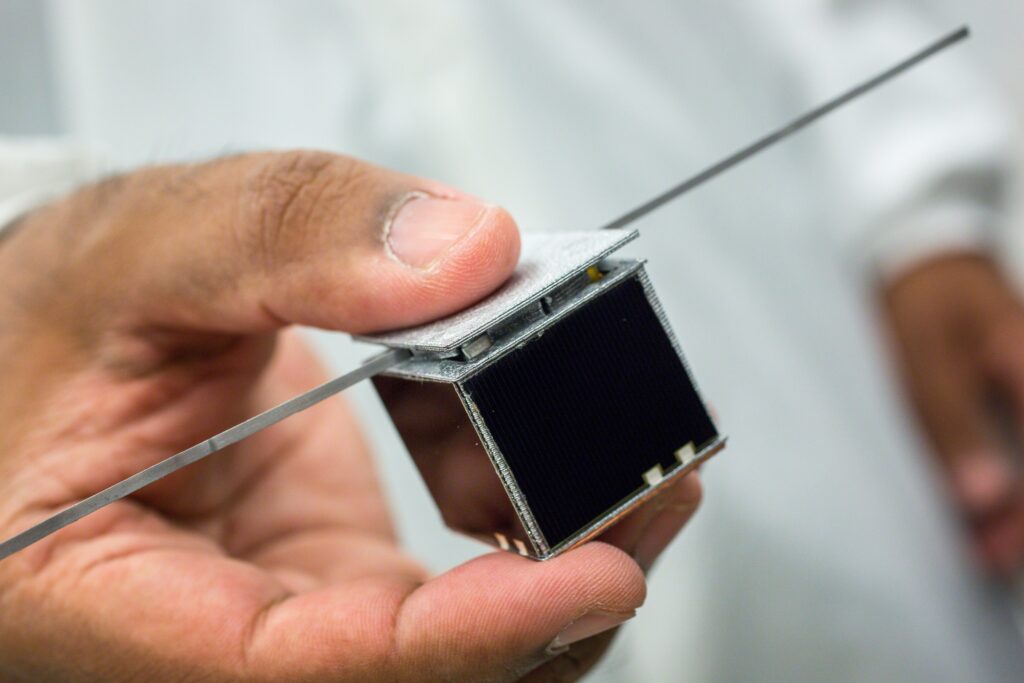
Of course, today the issue of carrying capacity has long lost its relevance. For modern designers, the issues of reducing the cost of launching satellites, reliability of deployment and ensuring the compatibility of various cargoes are of higher priority.
The reasons for the success of CubeSats
The main reason for the popularity of CubeSats, of course, is the versatility of the platform. They became the first truly standardized spacecraft suitable for mass production.
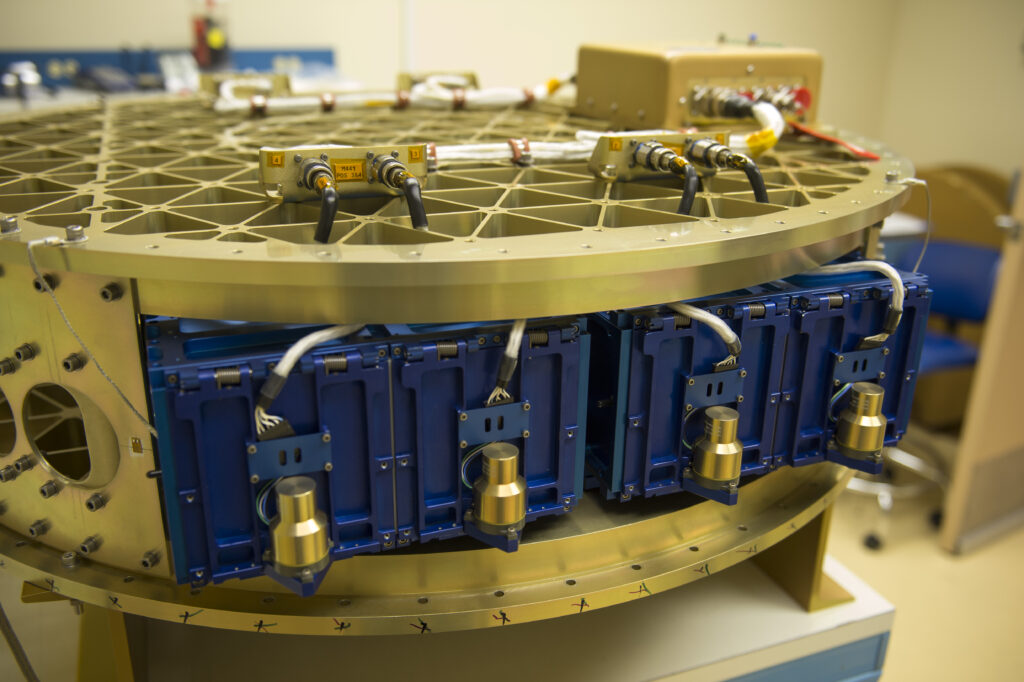
These satellites are assembled from typical blocks (units) measuring 10x10x10 cm and weighing no more than 1.33 kg. Depending on the tasks, the device can consist of one or more units. Many standard structural elements (batteries, boards, sensors, communication systems) were developed for CubeSats, which made it possible to further reduce their cost.
The second important factor that contributed to the success of the devices is the simplified procedure for their launch into space. During the launch of conventional space devices, even small ones, the customer has to pay the launch operator for adaptation to placement of the satellite in the launch vehicle and development of an individual launch container. The cost of such operations may even exceed the expenses for creating the satellite itself.
As for the CubeSats, typical transport containers are used to hold them. The customer does not need to pay for their adaptation. Moreover, the universal containers make it possible to launch a large number of small devices from many different customers into orbit in one flight. And sometimes nanosatellites are launched “manually” — by their ejection into outer space by the crew of the ISS.
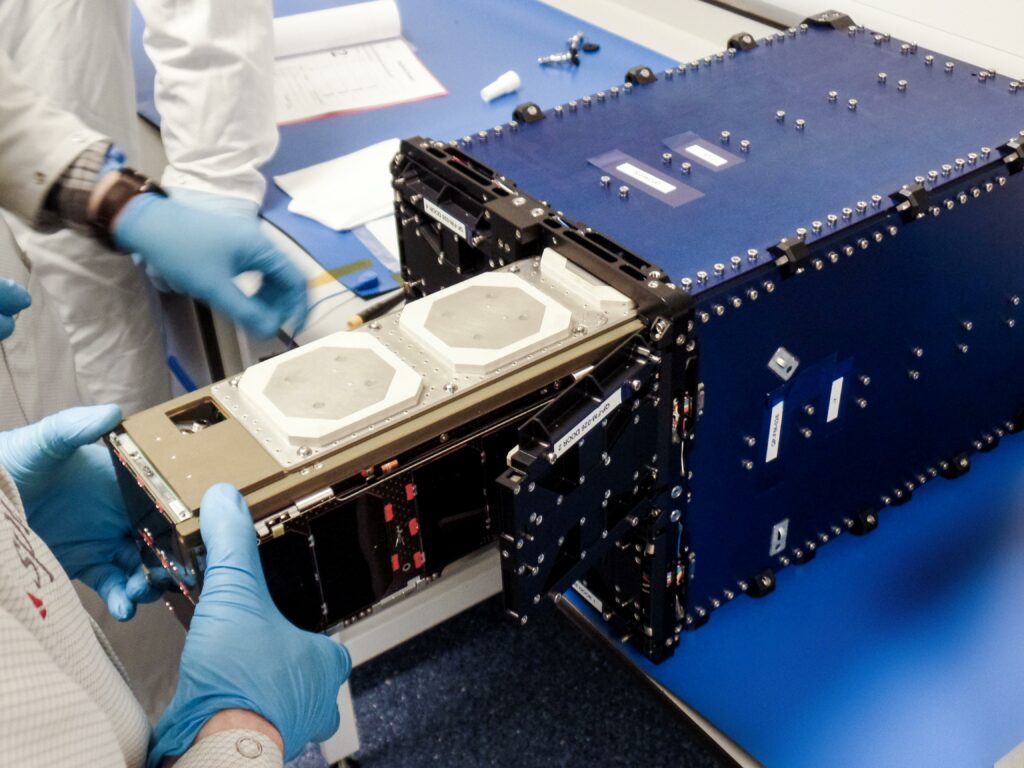
Due to these factors, the average cost of one CubeSat is now 40-50 thousand dollars. The construction of space devices has ceased to be a privilege available only to a small group of most powerful countries. Now they can be created by almost everyone — from private companies to student groups.
Microminiaturization of electronics also played an important role. It allowed not only to equip CubeSats with full-fledged navigation and control systems, but also made it possible to install small, relatively cheap, but at the same time quite powerful tools on them. This opened the way to creation of “nanosatellite constellations” — groups of small devices designed to perform a common task.
A clear example can be the company Planet (formerly Planet Labs). Today, it has a constellation consisting of approximately 200 Dove satellites each assembled from three units (3U). Each such device is equipped with a powerful telescope and a camera for photographing the Earth’s surface. Before the deployment of the Starlink system, the Planet constellation was the largest satellite grouping in history. Thanks to these devices, the company can obtain a comprehensive image of the entire surface of the Earth with a resolution of 5 m. Even the American military does not have such a possibility yet.
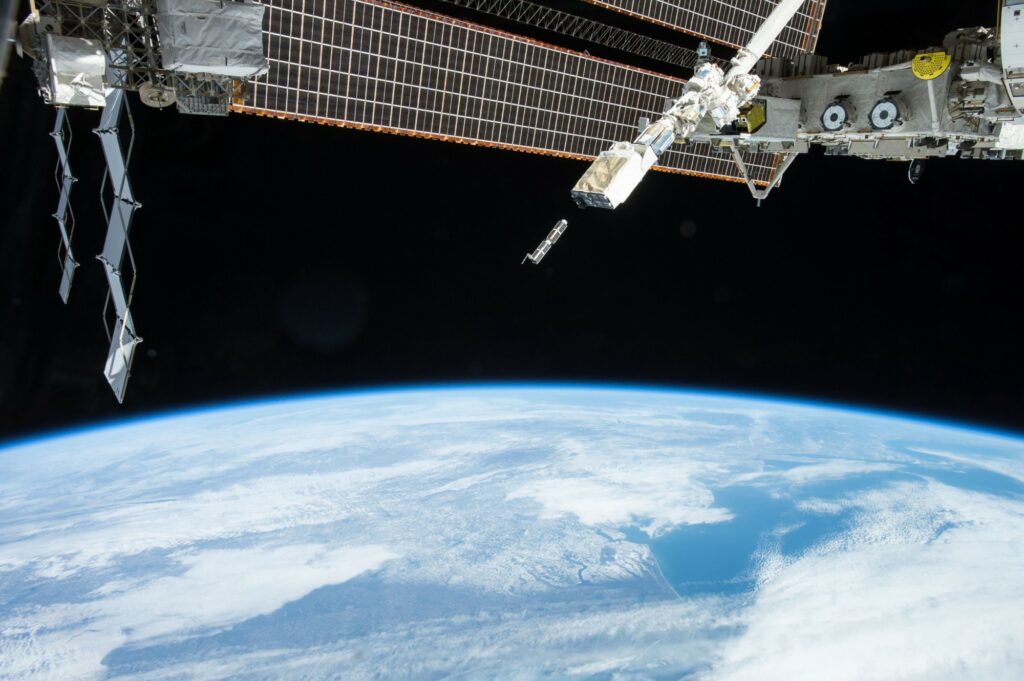
Surveying the surface is only one of the many purpose for using miniature devices. They can be used to monitor the weather, prevent natural disasters, help in agriculture, distribute the Internet, regulate traffic flows, and many other tasks. And since progress does not stand still, the technical capabilities of small devices are gradually approaching those of “large” satellites. New control systems, more efficient solar cells, batteries and engines are being developed for CubeSats, which allow prolonging their service life. All this further blurs the traditional line between different classes of space technology.
It is worth noting that the architecture of the CubeSat also inspired manufacturers of larger devices. The best example is Starlink itself. Of course, these devices cannot be classified as either nano- or micro-satellites. At the same time, during their creation, SpaceX engineers used many of the principles that formed the basis of the CubeSat architecture. This made it possible to establish a full-fledged flow production of devices. Meanwhile, quite recently such satellites would actually be assembled by hand according to individual projects.
Major manufacturers of small satellites
Currently, there are almost 75 companies engaged in the production of micro- and nanosatellites in the world. Most of them are from the USA. But CubeSats are also assembled in Europe, Asia and other parts of the globe.
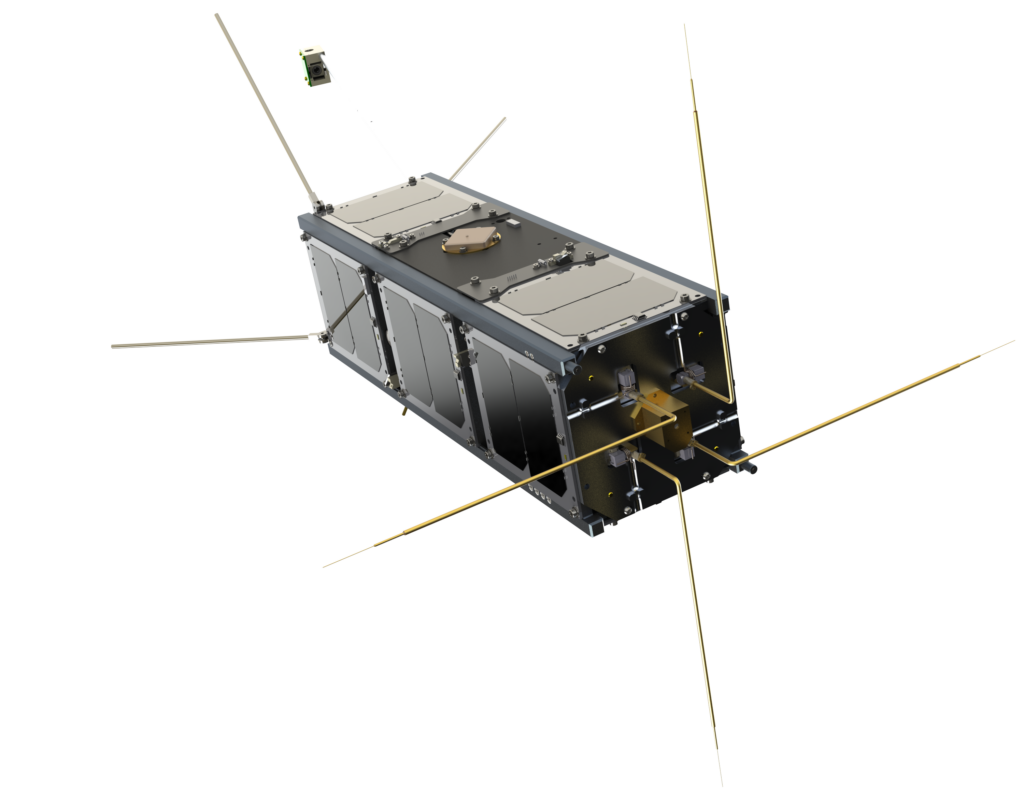
All manufacturers of small devices can be vaguely divided into three main groups. The first includes aerospace giants such as Boeing, Airbus, Raytheon, Northrop Grumman, Sierra Nevada, etc. For such companies, nanosatellites are only one area of activity (and far from the principal one), an additional source of income. In this segment, they primarily focus on the markets of the Asia-Pacific region and Europe, which are increasing growth rates.
The second group consists of companies like Surrey Satellite Technologies and Pumpkin Space Systems. For them, the production of small satellites is the main activity. These companies are involved in mass production of CubeSats and their components and/or custom assembly for sale.
And, finally, the third group includes enterprises that produce small satellites exclusively for their own needs and do not engage in their commercial sale to other companies. The main heavyweights in this segment are Planet and Spire. Today, they have the largest deployed constellations of nanosatellites, totaling more than 230 active devices. This is about a third of the total number of CubeSats currently operating in Earth orbit.
In addition to aerospace companies, educational institutions are also actively working on the creation of small spacecraft. For universities, nanosatellites provide practical implementation of theoretical knowledge. The relative cheapness of both the creation of the device and its launch into orbit allows students to practice all stages of creating a satellite — from design to on-orbit control and data reception.
In Ukraine, CubeSats are created at the Kyiv Polytechnic Institute. Their first test nanosatellite PolyITAN-1 was launched into Earth orbit in June 2014. The second satellite, PolyITAN-2-SAU, received measurements of the Earth’s lower thermosphere to study climate change. It was created within the framework of the QB50 international space project and was launched into near-Earth space in 2017.
Scope and prospects of the market of micro- and nanosatellites
At the beginning of the small satellites boom, some experts conjectured that this market is a “balloon” that would “deflate” quite quickly. However, reality did not confirm these fears. This segment has shown steady growth over the past decade. If in 2014 the total market volume of micro- and nanosatellites was $430 million, then by 2021 it increased to $3.1 billion. According to experts’ forecasts, this figure will increase to $7.6 billion by 2026. Even the COVID-19 pandemic and the expected global economic recession have not yet had a strong impact on the small satellite market.
Why is it so? The fact is that there are a number of important factors that play in favor of small satellites. The first is their cheapness. Because of the lower cost, nanosatellite constellation projects have a better chance of survival recession than their “older” counterparts. Moreover, economic decline may even help the production of CubeSats to some extent. It is possible that in the conditions of forced savings, some of the projects of satellite groups, which involve the use of large devices, may be redesigned for small spacecraft.
The second factor is the current structure of the nanosatellite market. Despite the fact that CubeSats are mainly associated with various private projects and startups, in fact, the main share of this market still consists of orders from various government structures and military departments.
This is due to some unique capabilities of CubeSats. For example, a swarm of nanosatellites in low orbit (like the Planet constellation) is so far the only cost-effective and quick-to-deploy option for providing continuous high-resolution satellite imagery of a large region with near-real-time geoinformation updates. There is no doubt that the military is unlikely to give up such opportunities and stop investing in small satellites.
It is also worth noting the fact that the vast majority of small satellites are in low orbits and their life span is only a few years. Therefore regular launches are required to maintain the functionality of already existing groups. This need is the main incentive for the development of the small craft market. And the availability of affordable and cheap rockets, in turn, adds confidence to investors who are going to invest in nanosatellite constellation projects.
And finally, we must consider the fact that the market of small satellites has not yet reached its physical limits of growth — literally. First, they can be used for missions that involve deployment in higher orbits, such as the already mentioned geostationary CubeSat project.
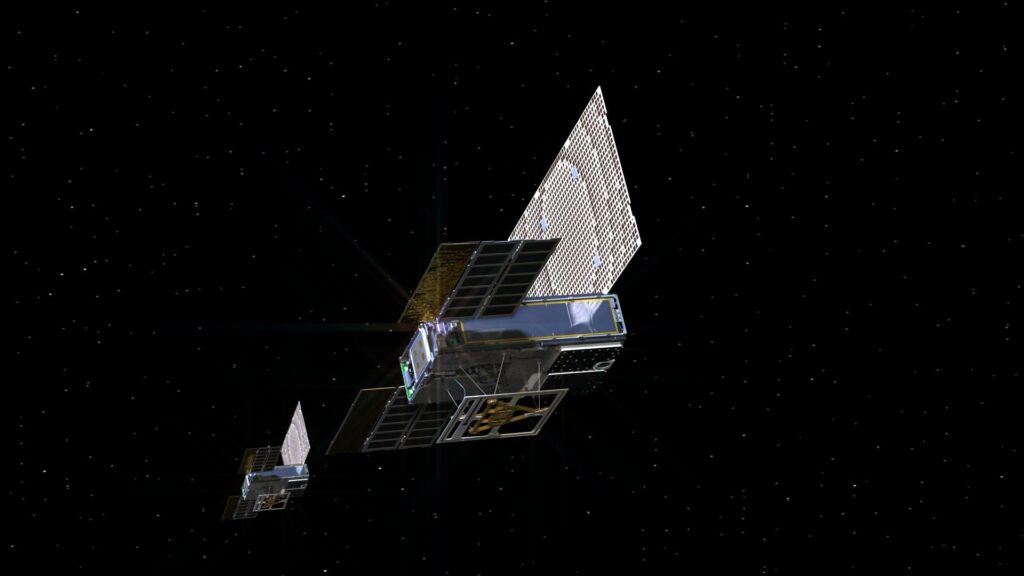
Another promising direction is deep space. In 2018, NASA conducted an important experiment by launching two MarCO (Mars Cube One) CubeSats to Mars. Both nanosatellites survived the flight to the neighboring planet and successfully relayed the landing telemetry of the InSight probe to Earth. This proved the possibility of using such devices in deep space research.
The success of MarCO became a starting point for projects involving the use of miniature vehicles in interplanetary research. Since then, NASA managed to issue a number of contracts for the creation of CubeSats for the study of the Moon. The CAPSTONE satellite, built by Advanced Space and Tyvak Nano-Satellite Systems, is already operating in a selenocentric orbit. It is intended for testing the orbit where the Gateway orbital station is planned to be put in the future.
In addition, a group of ten small vehicles was launched into space as part of the Artemis I mission. They are assigned different tasks — from searching for ice on the Moon to studying space weather. Unfortunately, not all of the devices came into contact after being undocked from the carrier. But anyway, this event was a huge step for the industry. And in the next few years, other small devices intended for the study of Venus, Mars, and asteroids will be launched into space.
All this indicates that, despite the current economic difficulties, nanosatellite industry still have considerable potential for further development. These devices are already successfully used to solve a number of tasks. And in the future, the scopes of their application will nothing but expand.

